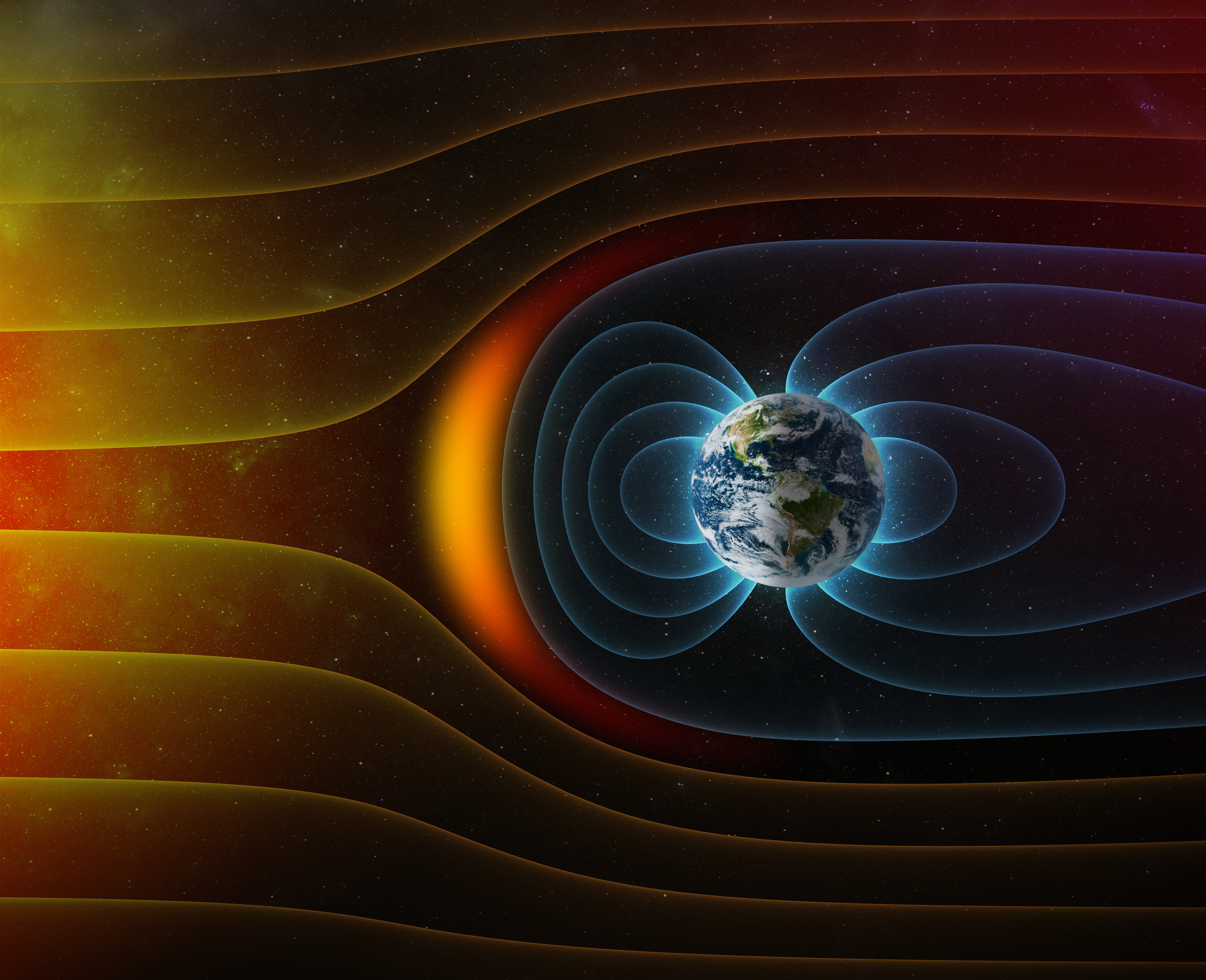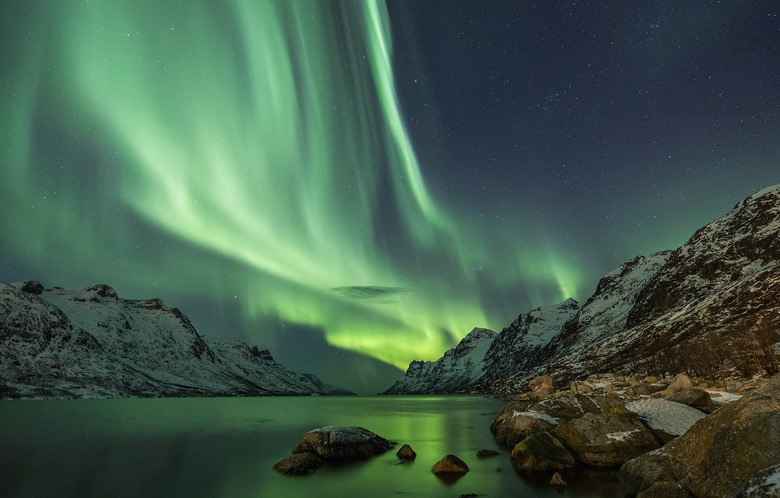If You Missed The Northern Lights In May, You May Get Another Chance This Year
The northern lights were visible further south than ever in the past 20 years earlier this month, with bright auroras visible as far south as parts of Florida. While we're unlikely to see another event of that magnitude, the next couple of years will probably bring plenty of additional chances for folks to see auroras outside their normal areas.
That's because auroras are the byproduct of geomagnetic storms, and right now, Earth is set up for a possible increase in solar activity thanks to the impending solar maximum, which is expected to hit within the next year. The solar maximum means that our solar system's star will be experiencing activity at peak levels, with more solar flares and coronal mass ejections expected to happen.
Increased eruptions mean increased chances of those eruptions facing Earth when they leave the sun, which means increased chances for the solar energy to collide with Earth's magnetic field, creating the beautiful light shows that so many skywatchers have become enamored with. While the northern lights are beautiful, we can't forget how dangerous the storms that bring them are.

Geomagnetic storms wreak havoc on our radio and GPS frequencies and can even cause issues with communicating with satellites, airplane navigation systems, and more. We've even seen it cause issues with the electrical grid in the past.
Further, events like those pushing the northern lights we saw in May are even rarer, with that having been the first event of such a scale in over 20 years. The storm that cause auroras to appear so far south is the highest category storm we've seen since 2003, and it's unlikely we'll see another during this cycle.
However, we can't completely rule out the possibility that another massive sunspot like the one responsible for that storm and the auroras that followed will happen again. And even if one doesn't, we could still see storms powerful enough to send auroras farther south than usual, giving skywatchers another chance to see those beautiful sights.
